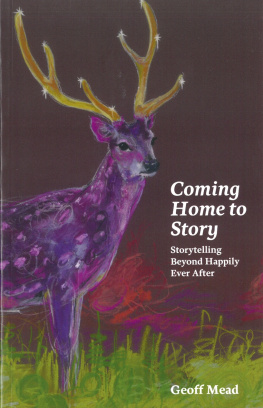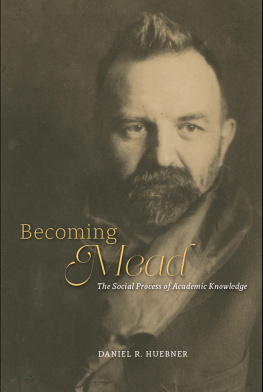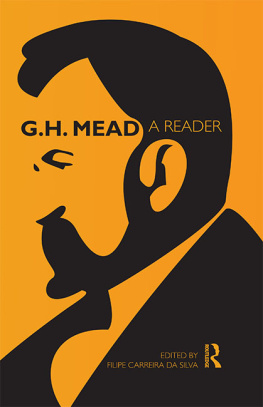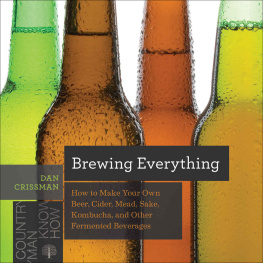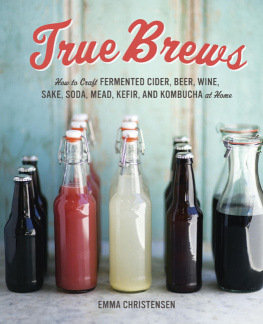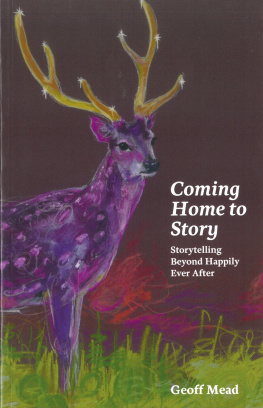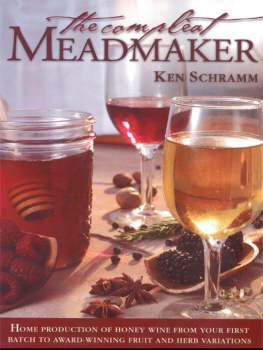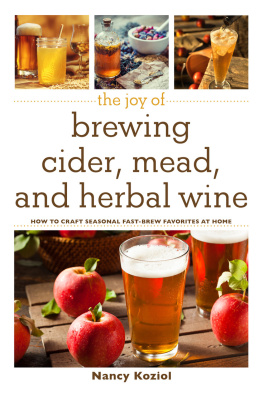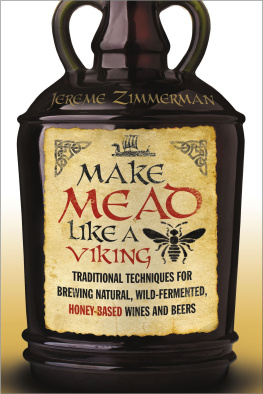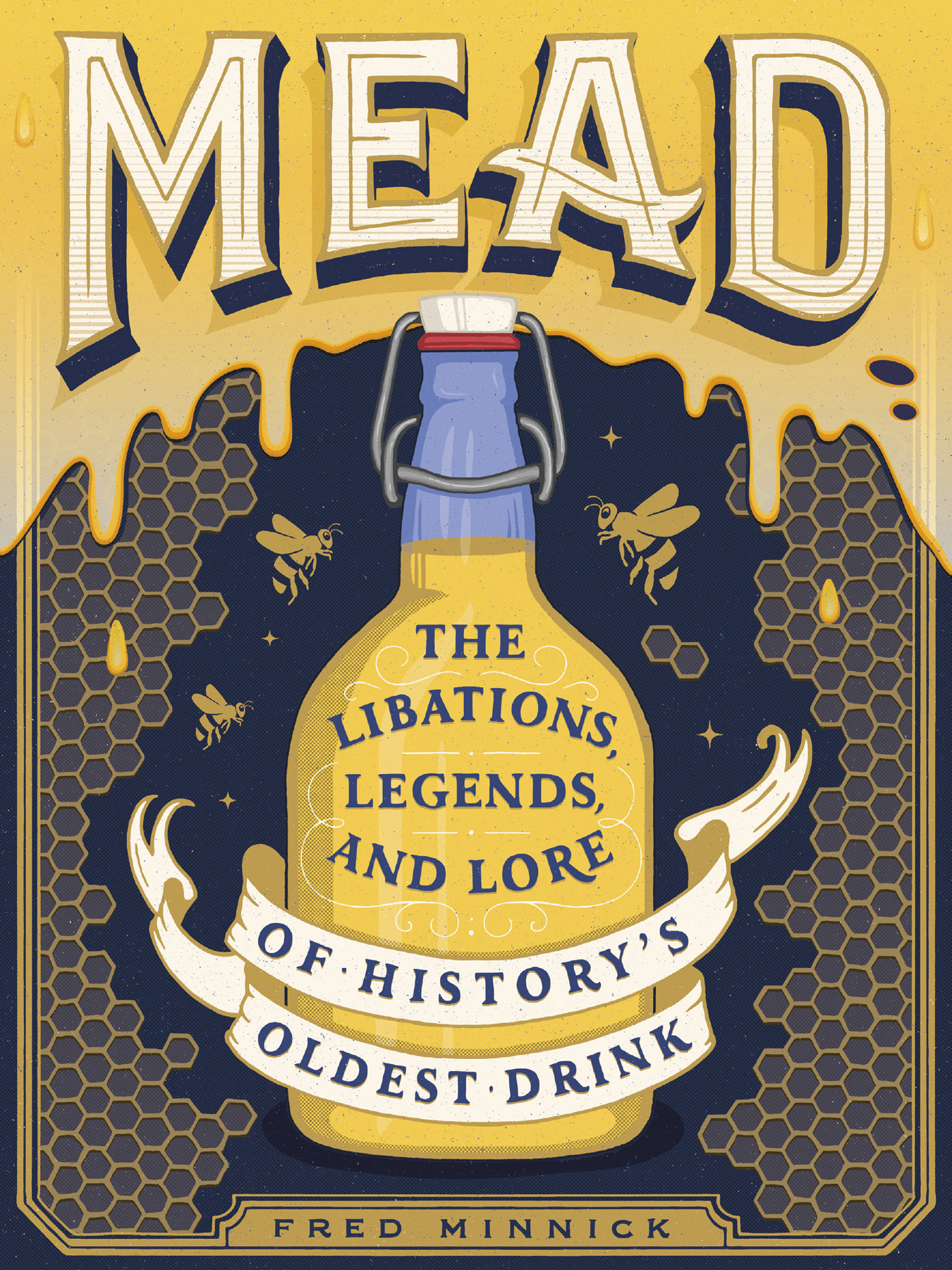Copyright 2018 by Fred Minnick
Hachette Book Group supports the right to free expression and the value of copyright. The purpose of copyright is to encourage writers and artists to produce the creative works that enrich our culture.
The scanning, uploading, and distribution of this book without permission is a theft of the authors intellectual property. If you would like permission to use material from the book (other than for review purposes), please contact permissions@hbgusa.com. Thank you for your support of the authors rights.
Running Press
Hachette Book Group
1290 Avenue of the Americas, New York, NY 10104
www.runningpress.com
@Running_Press
First Edition: June 2018
Published by Running Press, an imprint of Perseus Books, LLC, a subsidiary of Hachette Book Group, Inc. The Running Press name and logo is a trademark of the Hachette Book Group.
The Hachette Speakers Bureau provides a wide range of authors for speaking events. To find out more, go to www.hachettespeakersbureau.com or call (866) 376-6591. The publisher is not responsible for websites (or their content) that are not owned by the publisher.
Cover and interior illustrations copyright 2017 by Tobias Saul
Library of Congress Control Number: 2018930972
ISBNs: 978-0-7624-6358-9 (hardcover), 978-0-7624-6359-6 (ebook)
E3-20180323-JV-NF
To my loving wife, Jaclyn, youre my queen.
T HEY LOOKED LIKE YOUR TYPICAL BROOKLYN BARTENDERS: handlebar mustaches, pink hair, leather aprons, and tattooslots of tattoos. They muddled mint, juiced limes, pinched nutmeg in empty glasses, clanked tin shakers with rhythmic precision, and poured fragrant libations into ice-filled glasses.
It was 2012, and these hipster bartenders were competing in a bourbon cocktail contest. I judged every drink they made, assessing techniques, analyzing flavor balance, and weighing creativity. I looked for the little things: Did they slap the mint to maximize the herbs in-the-glass aroma? Was everything fresh?
Contestant one mixed bourbon with a muddled apple, lemon juice, and a branded margarita mixerone of the cheap ones laden with high-fructose corn syrup. He unenthusiastically shook the tins and then strained and poured the mixture over a small ice ball in a collins glass. The drink tasted unbalanced and lacked creativityugh, store-bought mixers!
Contestant two shook bourbon, vermouth, and amaro as if he were a mechanical paint mixer. He strained and poured the contents over small ice in a coupe glass, garnishing it with an orange twist. The presentation was fine, but every bartender should know when all the ingredients are alcohol you stir them. Without a juice or solution of some kind, the shaken alcohols bruise and struggle to form a bond. He didnt meet my expectations.
Then, in a far corner, a young woman pulled out a slightly amber-colored bottle and poured it into her shaker. What was this? It bore no label. As I pondered over what the liquid might be, she added bourbon, lemon juice, and strawberry jam. With all the contents securely in the mixerthe bartender didnt spill a drop, impressive!she fastened the tin shakers, raised them above her shoulders, and in one seamless motion sloshed the contents back and forth, perfectly melding the ingredients. Only single strained, she poured the drink over crushed ice in a rocks glass and garnished with the perfect lemon twist. Its aromatics were sound, the flavor was part strawberry, part bourbon, part lemon and honey. Waitdid I see her put honey in the cocktail mixer?
Im tasting a little honey in this cocktail. Did you add honey while you made it and I just missed it? I asked.
No, thats my homemade mead, she said.
Ah, that must have been the amber liquid I spied. For my palate, this was the best cocktail of the competition, dominating in creativity. Who makes their own mead? The drink was a whiskey sour meets the Brown Derby, only better. The pronounced bourbon and the amazing honey flavor just rocked me. I gave the cocktail a 9.4 out of 10, easily my highest score for the day.
Alas, my fellow judges didnt agree. One said: Who the hell makes mead? Another: Is that even legal? Can you make your own alcohol?
She didnt win or even place. The other judges scored her entry below a 5. And they were wrong: they were knocking her drink not because it was inferior, but because they didnt understand mead.
Since that cocktail competition, Ive watched mead grow from a virtual unknown into an international curiosity behind the bar. Australias popular bar The Powder Keg boasts the Medieval Mule: bourbon, mead, fresh-pressed apple, and sea salt topped with ginger beer. Charlestons Cocktail Club sells a lot of the drink Pass the Mead: Chaucers Mead and Peychauds muddled berries topped with crushed ice and Montelliana Prosecco. And Londons We Are Bar has made its Yellow Bee famous. It is a combination of Polugar No. 4 vodka, Nardini Acqua di Cedro, lemon juice, honey, and mead. Bar menus around the world are adding mead drinks every day, while at-home mead making is at an all-time high. Many credit this to the rise of craft beer and home brewing, suggesting mead has captured curious audiences at a time when people want to drink whats new, special, and different. Others say popular television series Game of Thrones and Vikings have made medieval life cool again to the benefit of mead.
Of course, mead was cool far before Tyrion Lannister drank himself silly. (Coincidently, Tyrion usually drinks wine or ale.) Some 8,000 years ago, somebody left a pot of honey outside in the rain. It fermented, and people drank it. Mead was born. Truthfully, how mead came to be is an educated guess, at best. But the earliest confirmed alcohol did contain honey. In Neolithic Chinese jars, researchers discovered 9,000-year-old alcohol from honey, rice, and fruit. Whatever this concoction was called, we do not know. But its quite clear that mead thrives as the worlds first branded alcohol type.
Zeus and Cronus are both said to have kicked back a few cups. When Jesus Christ was alive, the Romans sipped on mead, too. In the epic poem Beowulf, Danish warriors drink mead, and it was the elixir of choice for the Vikings, who were incorrectly thought to have enjoyed mead from the skulls of their enemies, and medieval Poles, whose dukes gifted visiting kings with mead. Queen Elizabeth I drank so much mead that she had her own recipe.
The medieval and Victorian Russians cherished mead and created gold kovshes from which one should only drink the finest meads. They believed in pure honey wine, while the Ethiopians liked a little spice in their mead. Mead was the nobles drink and also used for medicinal purposes. The Physicians of Myddfai, historic herbalists in Wales who reigned from the thirteenth to the eighteenth century, recommended mead for inflammation and general home remedies, including tooth, eye, and muscle pain, while many doctors suggested it helped hurting stomachs and even eased wound pain. But meads medicinal dominance faltered with the rise of household distilled spirits, which influenced one 1865 account in The Medicinal Times & Gazette: A Journal of Medical Science, Literature, Criticism, and News: I suspect that the custom of making mead is, like other branches of housewifery, dying out amongst the West Saxon peasantry. When I was a boy, brought up in a part of the ancient Wessex, a drop of mead was offered on calling at a better class cottage. Now, it was with the utmost difficulty that the messengers could collect a few driblets of the liquor.
This mid-nineteenth-century assessment offered the grim truth: meads heyday had been the ancient world. Wine, beer, and spirits became more accessible as time went on, slowly knocking mead off its pedestal. By 1898, the


